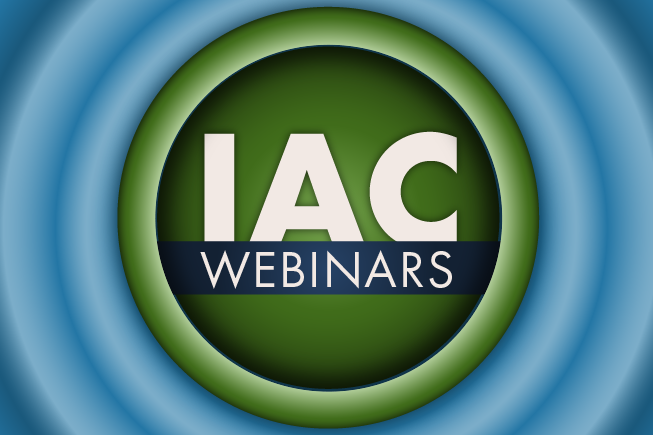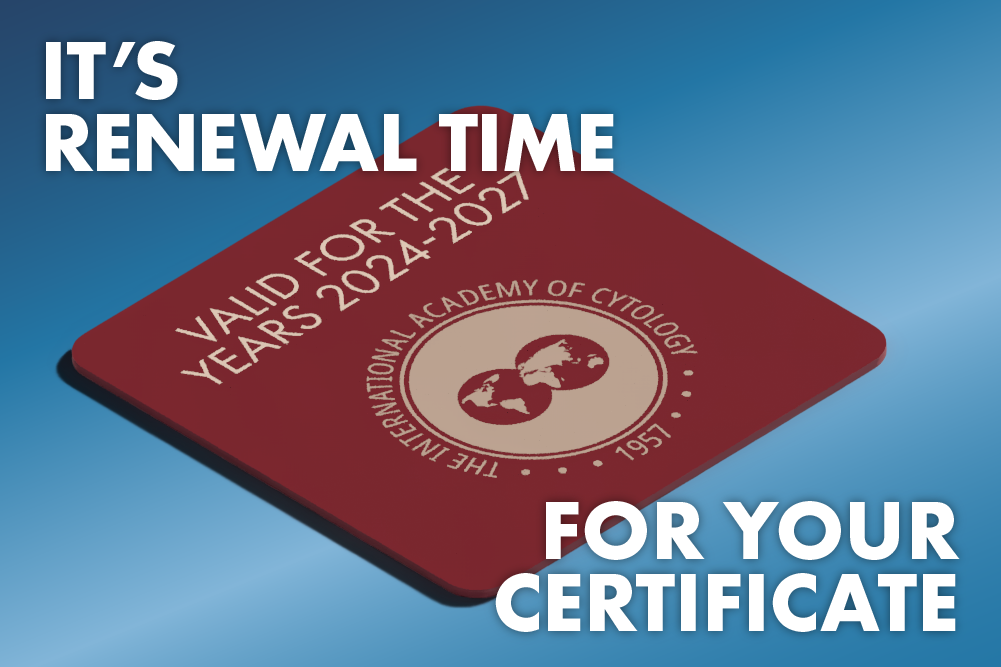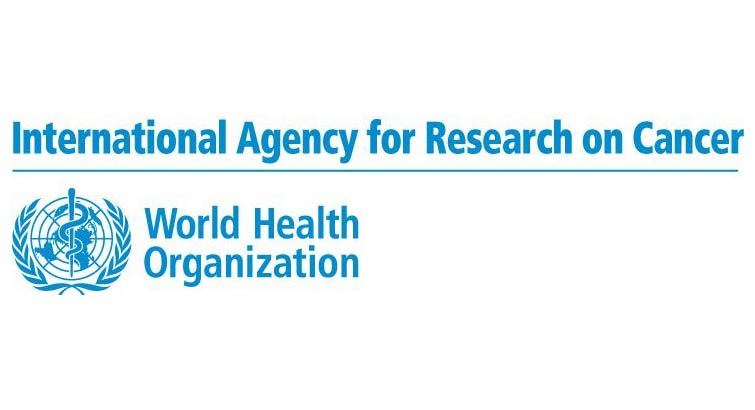


16. March 2024 Webinar: Fine Needle Biopsy. Role and potential in the diagnostic of pediatric tumours

Cytotechnologist Renewal Time
Renewal Timeline
Current Sticker on certificate |
Next sticker due in 4-year cycle |
Date for renewal |
|---|---|---|
2019 – 2022 |
2023 – 2026 |
October 22 – March 23 |
2020 – 2023 |
2024 – 2027 |
October 23 – March 24 |
2021 – 2024 |
2025 – 2028 |
October 24 – March 25 |

IAC-IARC Collaboration in Cytology
This standardized approach will include the key diagnostic cytopathological features of each particular lesion or neoplasm, which will improve the quality of diagnosis and reporting and subsequent diagnostic procedures. The reporting systems will include options that will recognize the variations in the availability of diagnostic modalities and management in low- and middle-income countries, where cytopathology is particularly useful and is increasingly available in the absence of histopathological services. These international systems will be able to be used worldwide.
The new publications series will be guided by a Cytopathology Editorial Board, consisting of standing members and experts from around the world. The Board will liaise closely with relevant groups internationally to ensure that areas of overlap are managed proactively.
IARC and the IAC share a specific common interest in the development and expansion of internationally standardized diagnostic reporting of cancer and precancerous disorders worldwide.
The IAC is a scientific, not-for-profit organization of cytopathologists, cytotechnologists, and other professionals dedicated to promoting research in and the practice of clinical cytopathology.
IARC is a not-for-profit, specialized agency of the World Health Organization (WHO). IARC was created to promote international collaborative research on cancer, in order to provide a scientific basis for the adoption of effective strategies for cancer prevention and control. A key activity of IARC is the production of the WHO Classification of Tumours, the international standards for cancer diagnosis, which incorporate data from multiple fields, including epidemiology, radiology, histopathology, cytopathology, and genetics.